A Swarm of Aftershocks Swept Through Yellowstone, From a Quake 60 Years Ago
Earthquakes are just plain inscrutable.

It’s not something you’re likely to hear in the morning weather forecast: partly sunny, with a 50 percent chance of earthquakes. Earthquakes are among the most unpredictable natural events; according to the United States Geological Survey (USGS), neither they nor any other scientists have ever accurately predicted a major one. In fact, they are so unpredictable that recently Yellowstone National Park experienced aftershocks—from an earthquake that occurred 60 years ago.
Between June 2017 and June 2018 more than 3,000 mini-earthquakes, collectively known as a seismic swarm, occurred near Maple Creek in the park. At first glance, that’s not an unusual occurrence there, and they’re usually related to the movement of magma under this geological hotspot. “In fact, seismic swarms are the most common seismic activities in Yellowstone and there were three large earthquake swarms that happened in the past,” says Guanning Pang, a graduate research assistant and seismologist at the University of Utah. However, this recent event happened outside of Yellowstone’s volcanic caldera, where the other swarms took place. Pang and his colleagues investigated and found that almost half of the mini-earthquakes in the swarm were clustered in the northern region of the park and weren’t caused by magma movement at all. According to their findings, published in the journal Geophysical Research Letters, the seismic activity followed the same fault and direction as another, much larger, earthquake. Known as the Hebgen Lake event, that 7.2-magnitude temblor struck in 1959, causing a landslide that claimed dozens of lives. The geological similarities between the Hebgen Lake earthquake and the northern cluster of the recent swarm led the team to conclude that this was actually an aftershock, 60 years in the making. In 2017, Pang had investigated another swarm of 1,000 mini-earthquakes between 2014 and 2017 near the town of Challis, Idaho, that also had their source in a prior seismic event—in that case the Borah Peak earthquake of 1983.
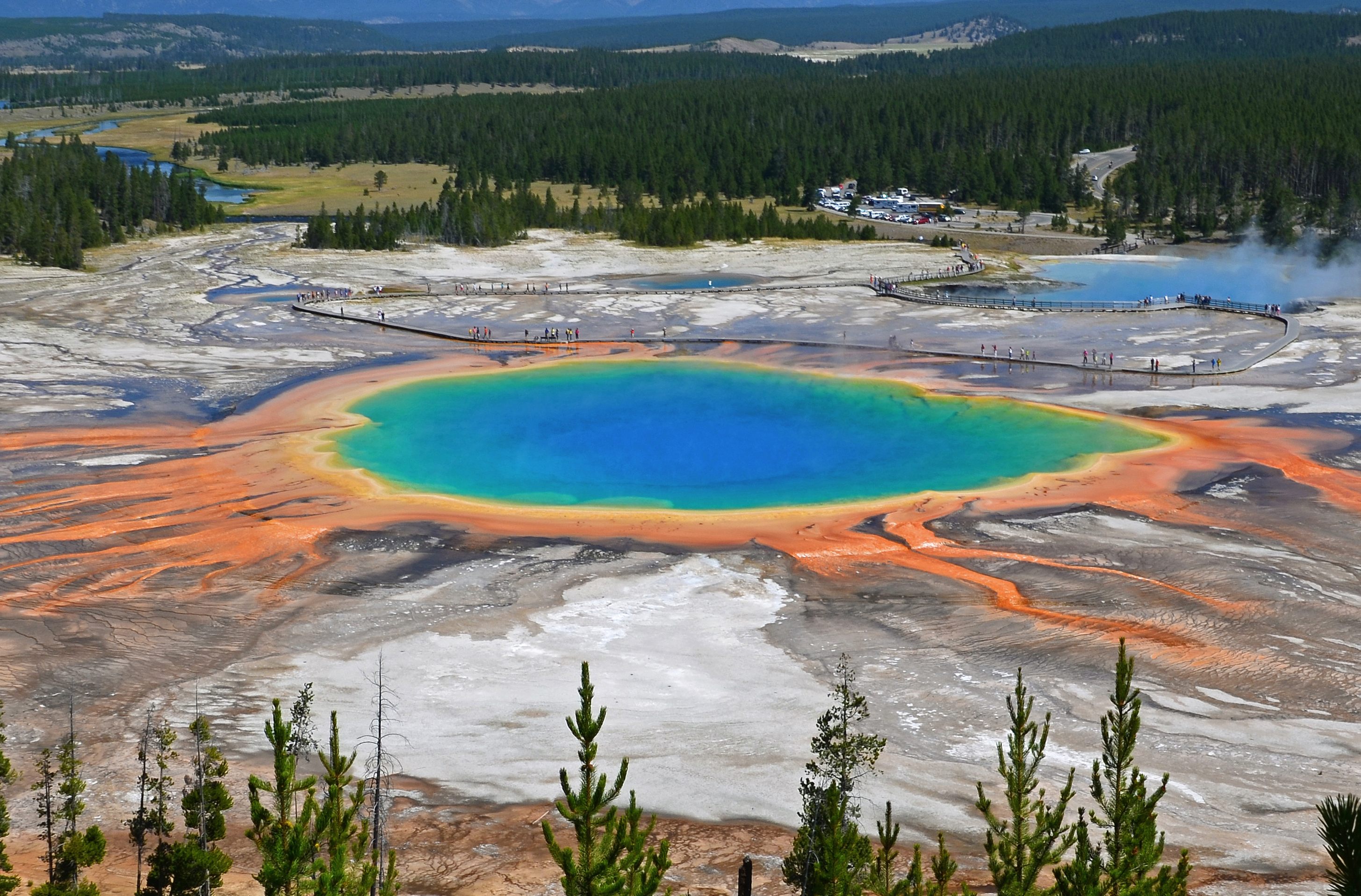
According to Pang, these episodes usually take place in the middle of tectonic plates, where there are slower loading rates for geological stress. “Unlike California or Japan, sitting upon the boundary between two tectonic plates, it would take more time for the middle region of the tectonic plate to heal and go back to the background stress,” he says. Slow-moving faults can extend the effects of a major earthquake for hundreds of years, including aftershocks. Keith Koper, director of the University of Utah Seismograph Stations and coauthor of the study, said in a statement that there are formulas that help geologists know that something is coming, even if they can’t really say when. “For Hebgen Lake,” he said, “there looked like a deficit in the number of aftershocks. Now that we’ve had these, it has evened things out back up to the original expectations.”
The researchers noted that the seismic activity likely had no bearing on the world’s largest supervolcano itself, though it has been theorized by some scientists that the Yellowstone region is “overdue” for an eruption. Michael Poland, head scientist of the Yellowstone Volcano Observatory, thinks we still have 100,000 years to go before, on average, an eruption could be due. But then again, volcanic eruptions are pretty unpredictable, too.
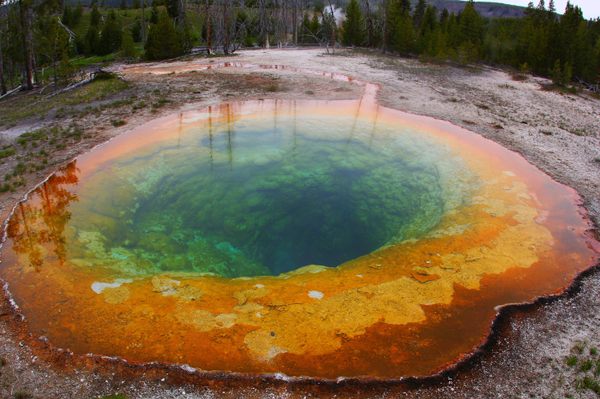
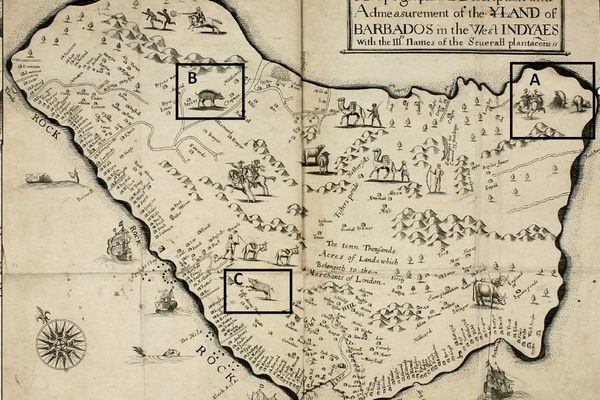


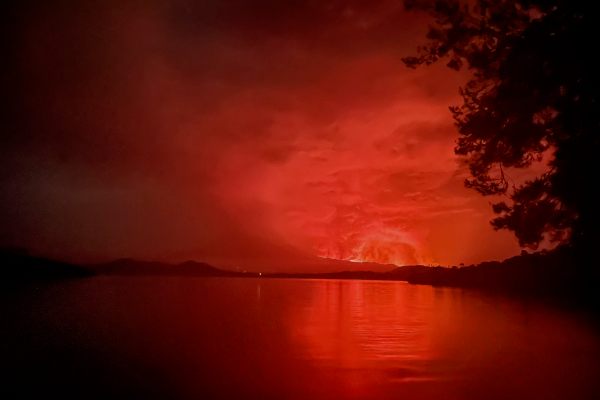
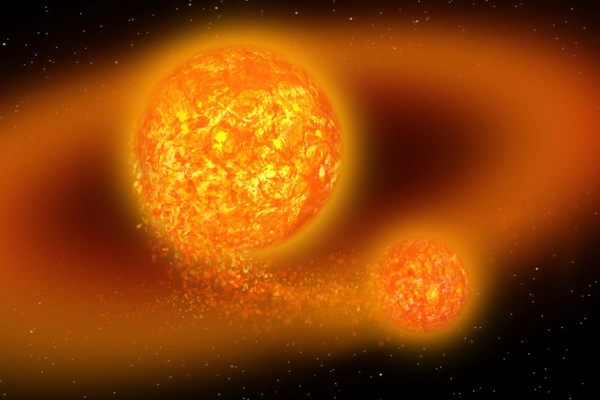


















Follow us on Twitter to get the latest on the world's hidden wonders.
Like us on Facebook to get the latest on the world's hidden wonders.
Follow us on Twitter Like us on Facebook